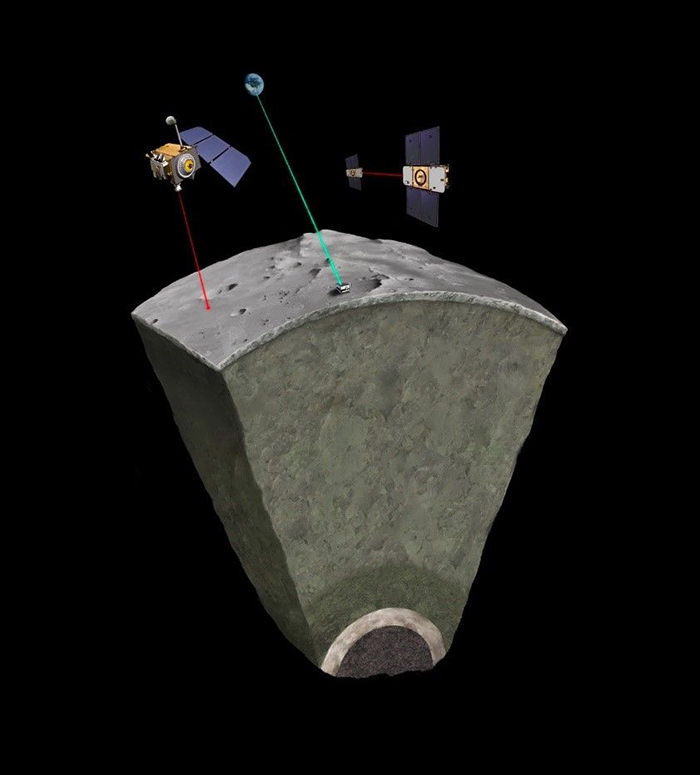For the first time, it was confirmed that the Moon has a solid inner core, just like the Earth. In addition to the discovery, it was also possible to explain the presence of iron-rich materials in the lunar crust. New results on May 3 has been published the nature In an international scientific journal by researchers from the CNRS, the University of the Côte d’Azur, the Observatory of the Côte d’Azur, the Sorbonne University and the Paris Observatory – PSL.
Although the origin and evolution of the moon remains in dispute, the question of its deeper internal structure appears to have been resolved. More than fifty years after the first lunar missions, new research findings certainly indicate that there is a solid inner core within a liquid outer core, just as there is on Earth. The theory, which until now was only a hypothesis, has been confirmed by the new research: about twenty years after the liquid outer core was identified, it was discovered that there is a solid inner core with a diameter of about 500 km, which is about 15% of the total volume of the Moon. In terms of its composition, it is made of a metal with a density close to that of iron. The various methods relating to the Moon’s rotation have already clearly defined the liquid outer core; However, due to its small size, the inner core cannot be detected. In the new research, its existence has been proven based on data collected during several space missions and laser measurements.
Using seismic models created from data collected during the Apollo missions, it was shown for the first time that the velocity of seismic waves decreases at the core-mantle boundary. However, the accuracy of the data did not make it possible to detect the putative solid inner core. In the new paper, taking into account the limitations from several simulations, different internal structures were modeled, thus proving that only cases with a low viscosity ilmenite-rich region and an internal core return known densities (determined from such as deformations due to tidal forces). and carrots). This has been cited as strong evidence that the radius of the moon’s interior is 258 ± 40 km, 7822 ± 1615 kg/m.3 dense inner core.
In addition, many of their results support the hypothesis that material movement occurred in the intermediate layer between the core and crust during the Moon’s evolution. This is called lunar-mantle mixing (Lunar mantle inversion) which explains the presence of iron-rich elements on the surface of the moon. Material from the moon’s interior can rise to the surface, forming igneous rocks, which are then deposited in the crust. Consequently, material denser than that of the surrounding crust sinks back to the core-mantle boundary.
The new research contributes significantly to clarifying our picture of the evolution of the solar system, as well as to understanding events such as the disappearance of the moon’s magnetic field, which was once 100 times stronger than Earth’s today.
source: CNRS
comment












































